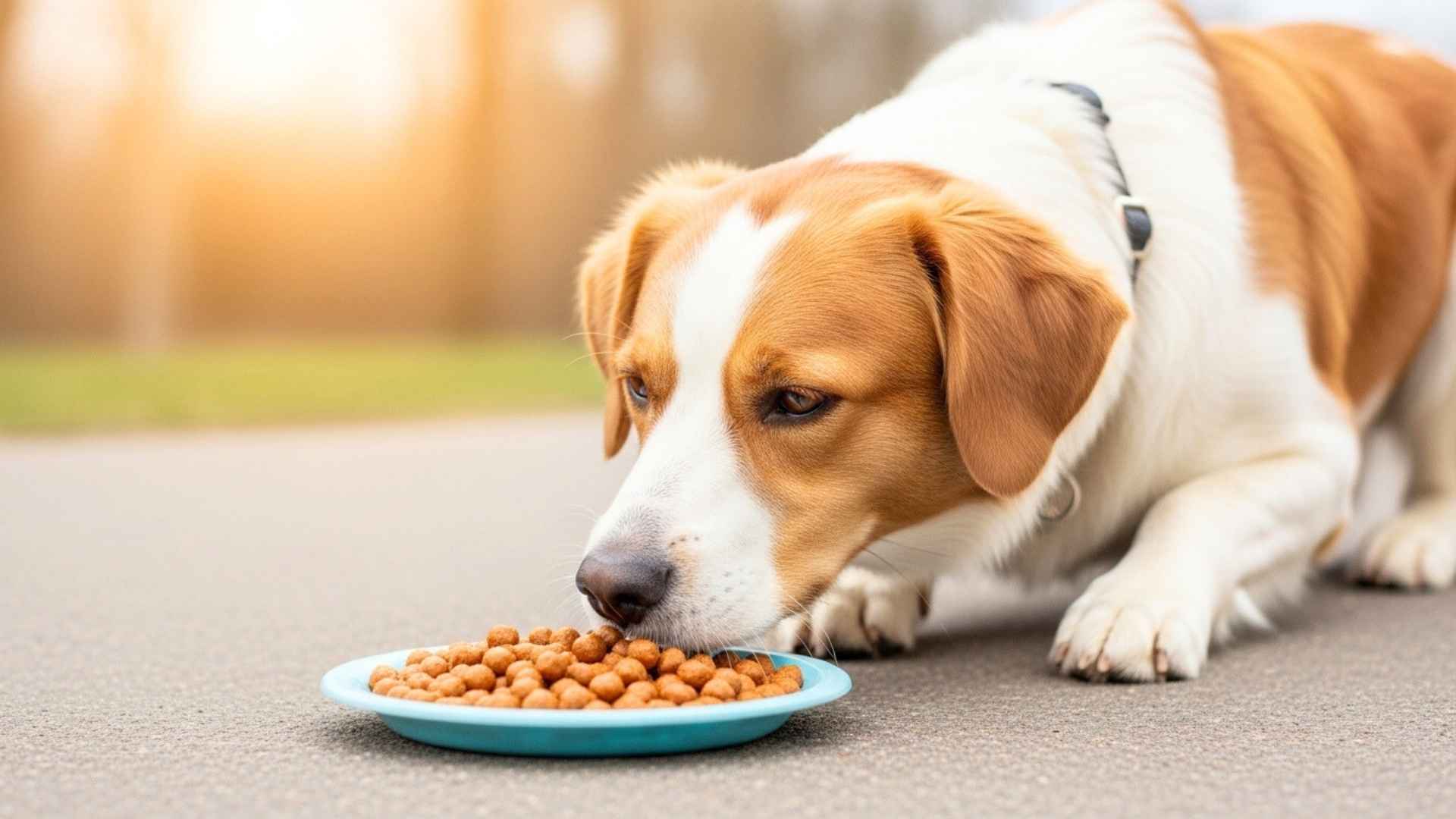Dogs possess an extraordinary sense of smell. Their olfactory system allows them to detect a wide range of scents, many of which cannot be sensed by humans. This heightened ability enables them to recognize subtle changes in the environment, certain health conditions, and even emotions.
An endearing aspect of their personality is that they can smell familiar scents, particularly those of their owners. This is the reason they can identify their favorite humans even after a long time. Their admirable olfactory responses enable them to smell changes in the food items as well.
According to the American Kennel Club, dogs also possess taste buds to differentiate between salty, bitter, sweet, and sour food like humans. Unlike us, they also have taste buds that are sensitive to tasting water. So, water is probably not “tasteless” for dogs.
Have a look at these 7 dog breeds that detect smell changes in food instantly.
Dog Breeds That Detect Smell Changes in Food Instantly
1. German Shorthaired Pointer
The German Shorthaired Pointer is an all-purpose gun dog with a keen sense of smell. Their strong noses make them pros at pointing and retrieving. GSPs are the powerhouses who excel at hunting large and dangerous animals.
GSPs are quite sensitive to changes in their diet. Your GSP can easily detect a new brand or type of food and might not eat it if it doesn’t appeal to them. German Shorthaired Pointers do well with two meals a day, one in the morning and one in the evening.
A strong sense of smell is reflective of their hunting history. These amazing sniffers have also been serving in law enforcement, assisting their human counterparts with remarkable nose work skills. Typically, they have a healthy appetite to match their active lifestyle.
2. English Springer Spaniel
This popular sporting dog comes in two varieties: field-bred and show-bred. Field-type English Springer Spaniels are valued by hunters due to their keen sense of smell. Their nose is liver colored or black with broad nostrils. It enables them to do well on scent trails.
According to Petplan, English Springer Spaniels are highly intelligent and easy-to-train dogs. They can be trained to detect diverse odors like explosives, fake currency, narcotics, human remains, bee hives, and food.
English Springer Spaniel thrives on high-quality dog food. Puppies need three meals a day on a consistent schedule, whereas adults should eat twice a day. However, they have a tendency to become overweight. So, make sure your Spaniel’s consumption is according to their required need.
3. Belgian Malinois
Belgian Malinois are popular military and police dogs. They excel at search and rescue work due to their excellent sense of smell. Belgian Malinois excel at sniffing out food, explosives, cheetah scat, and even prostate cancer.
These intelligent dogs have a marvelous scent memory, so they never forget the tempting smell of their favorite food. It might be one of the reasons why many Malinois owners describe their dogs as picky eaters. They should be fed puppy food until one year of age before switching to adult food.
Belgian Malinois has mobile nostrils that allow this dog to sample scents from various directions. They can easily distinguish between the scents of different food items. They can also pinpoint the exact location of the smell. A well-trained Belgian Malinois can detect scents with 95% to 99% accuracy!
4. Labrador Retriever
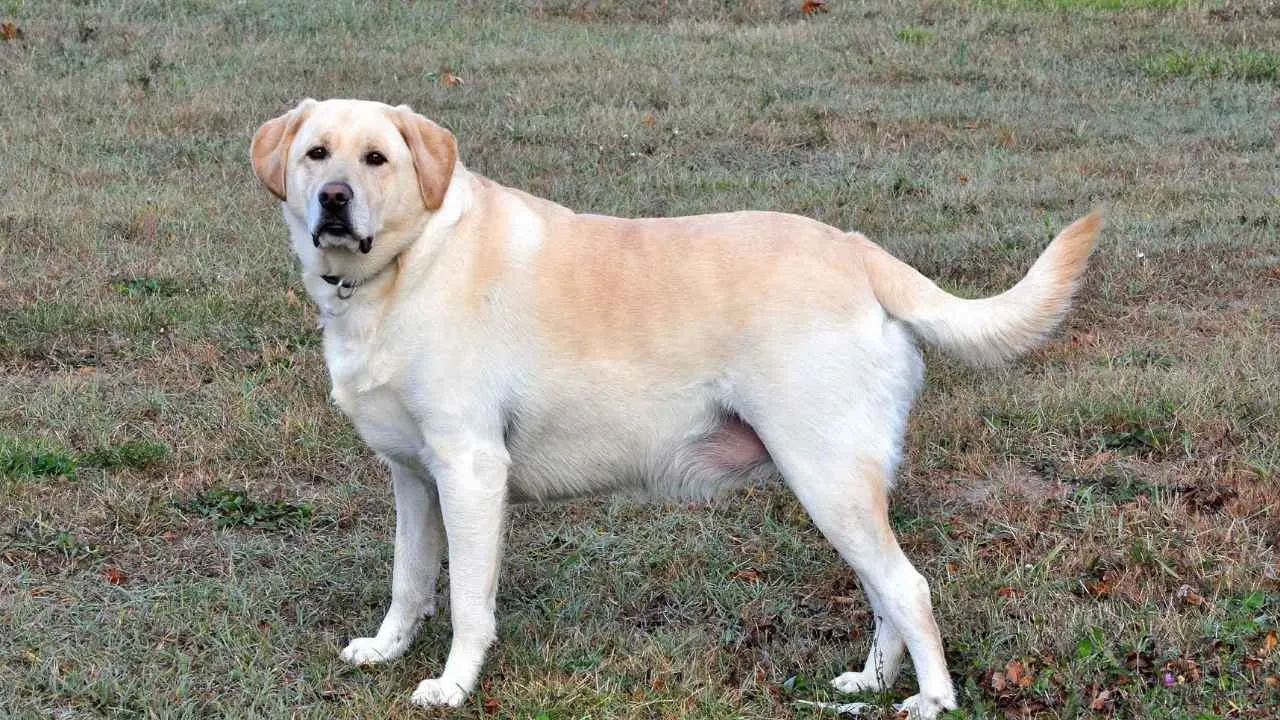
One of the most popular dog breeds, Labrador Retrievers have broad noses with millions of olfactory receptors that provide enough room for detecting scents. The large olfactory bulbs in their brains empower them with the ability to process and detect the aromas of different food items.
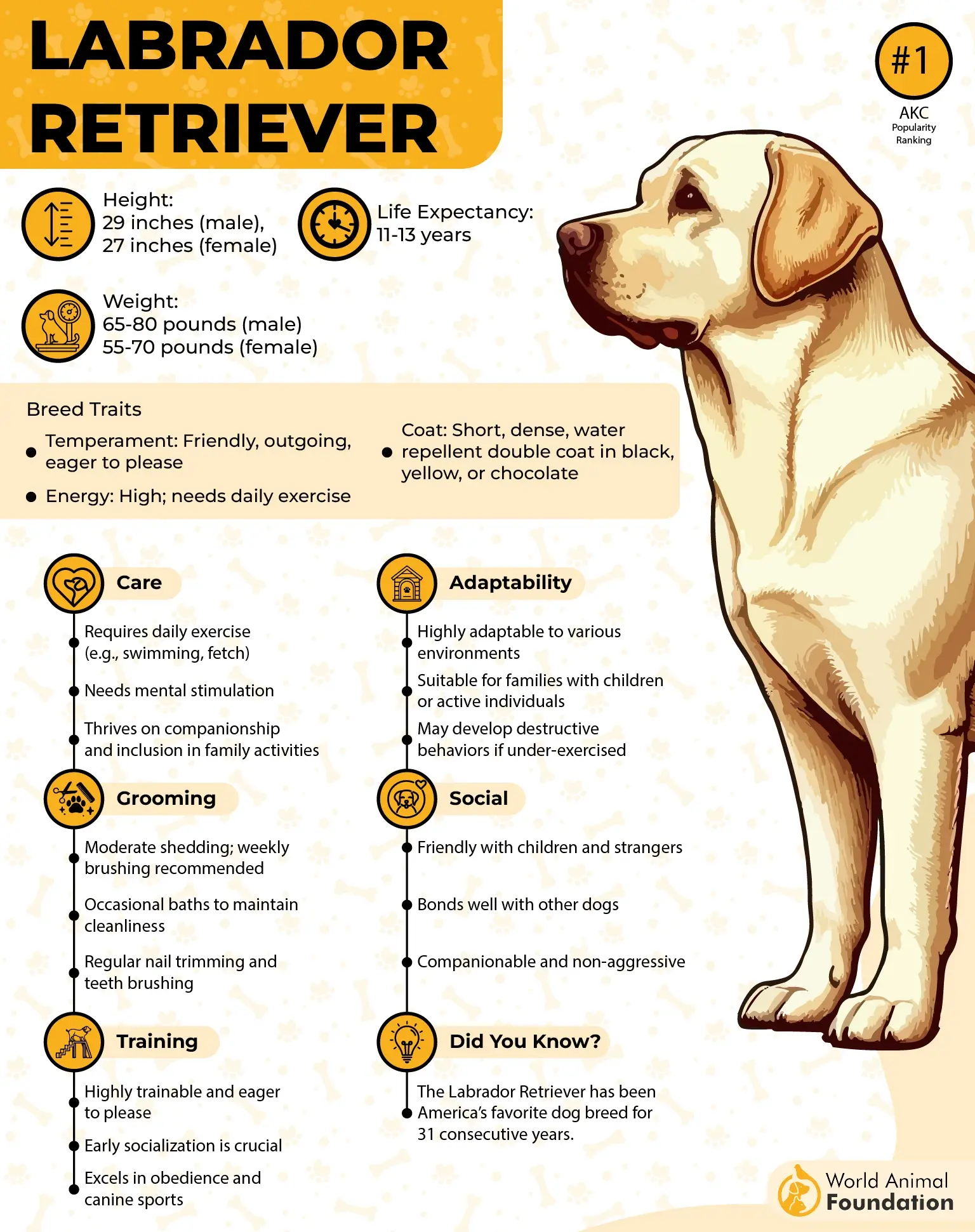
Their strong sense of smell is a testament to their hunting history. Labs are known for their ability to attune themselves to human emotions, making them excellent guide and therapy dogs. These amazing canines can also detect changes in their environment.
Labradors also make wonderful tracking dogs and medical detectors due to their intelligence, high trainability, and sensitivity. They can detect blood sugar changes, tumors, and seizures before they occur. Due to their affectionate nature, they make loving companions.
Labrador Retrievers are an excellent choice for military and police work, and search and rescue tasks. They are frequently employed at the airports for detecting contraband.
5. German Shepherd

German Shepherds possess 225 million scent receptors, while humans have only 6 million, according to the Happy Hound Haven. That is why they can detect odors far better than we can. This innate instinct allows them to detect smell changes in their food.

German Shepherds can detect scents over a mile on land. This range can increase up to 10 miles if the wind and conditions are right.
They are known for their ability to detect air scent. They know that scent is carried by wind, so instead of sticking their noses to the ground, GSDs sniff it in the air. These highly versatile canines make excellent search and rescue, police, and military dogs.
They can assist humans in detecting explosives and drugs and serve as remarkable service dogs. They can detect subtle changes in their owners that indicate diseases or conditions like diabetes and cancer. German Shepherds are agile, large, and muscular dogs of noble character, according to PetMD.
6. Beagle

Being one of the smallest scent hounds, the Beagle has the strongest and best sense of smell. Similar to German Shepherds, Beagles have 225 million olfactory receptors, as mentioned by Ditmas Park. They tend to follow the air and ground scent.
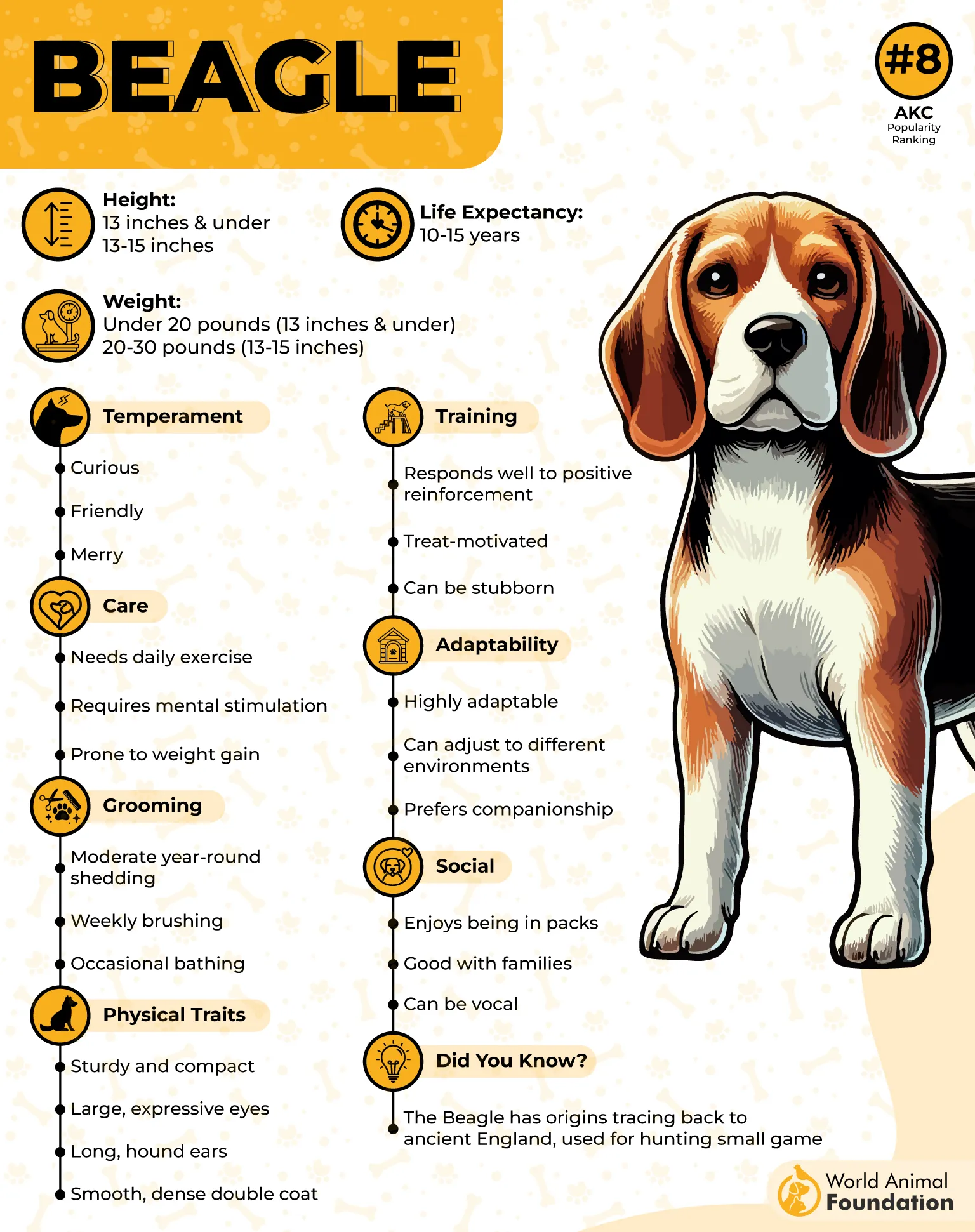
They can detect sudden changes in diet and, as a result, refuse to eat. This dog’s ability to detect scents keeps it food-motivated. So, if you are cooking food outside of their regular meal time, you can expect your Beagle to sneak it out.
Beagles’ droopy ears catch scent particles from the air and ground and direct them towards their ears. They have a sophisticated nasal structure with intricate scent receptors inside their nostrils. This complex arrangement increases their sensitivity to the odor molecules.
Beagles also have an astonishing scent memory. These alert dogs can easily distinguish between individuals, locate objects, food, and other animals, and detect explosives with their keen sense of smell.
7. Basset Hound
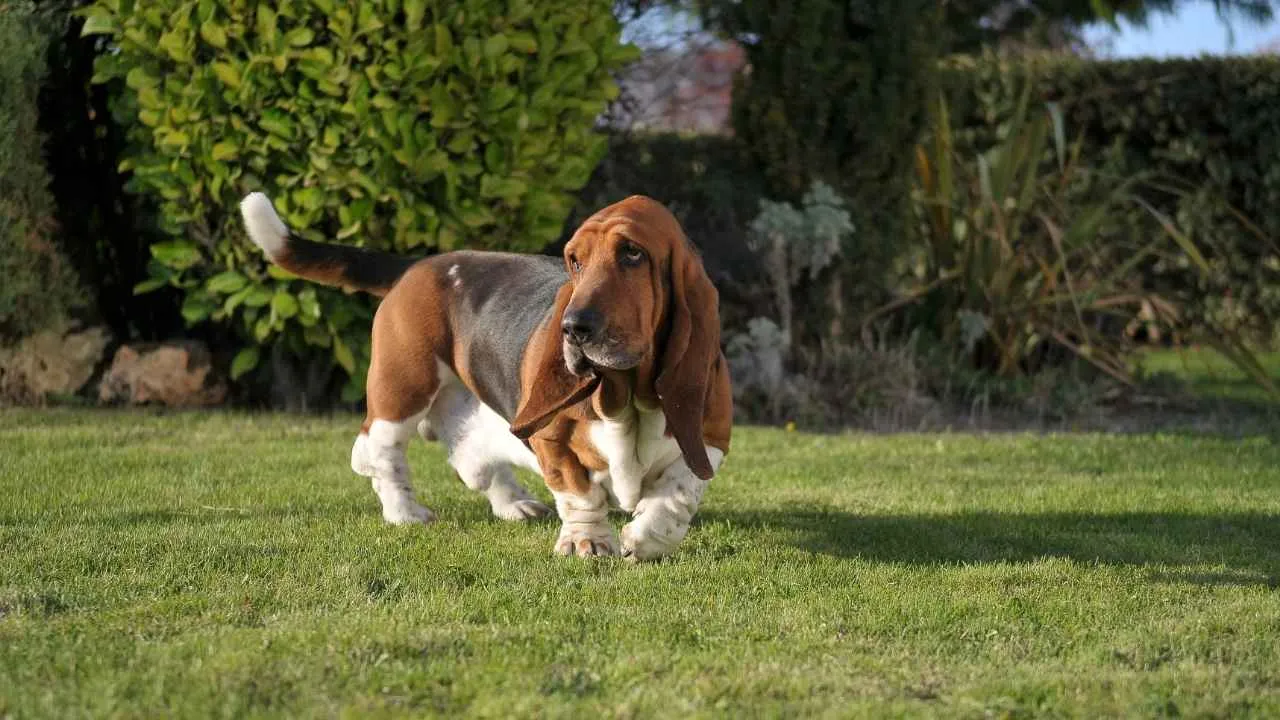
The Basset Hound is a French hound dog breed that was originally bred to follow scent trails. Like Beagles, they also possess long and heavy ears that sweep the ground and bring scents towards their strong noses. The loose skin underneath their chin, known as “dewlap,” also helps trap scent particles.
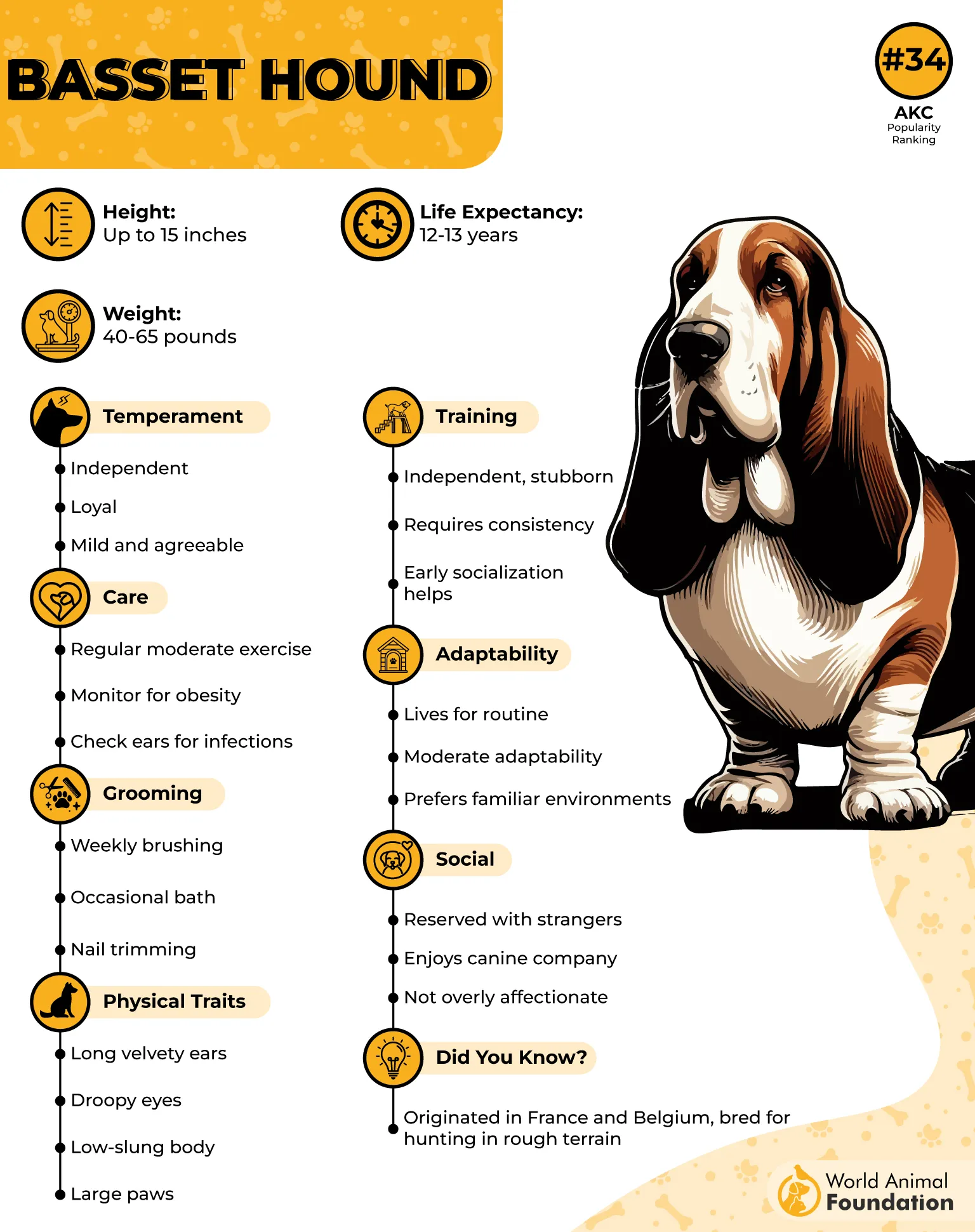
Their loose, drooping lips also serve as natural scent traps. Basset Hounds can sniff even the subtlest changes in their food with their excellent scent detection ability, second only to the Bloodhound. That is why this super sniffer can refuse to eat due to a sudden change in diet.
Your Basset Hound’s diet can be balanced with high-quality proteins, essential fats, digestible carbs, vitamins, and minerals. However, WebMD claims that obesity can be a problem for Basset Hounds due to their elongated yet short bodies. So, make sure to keep a balance between diet and exercise.
Conclusion
Dogs possess millions of olfactory receptors, which allow them to smell and taste subtle changes in their food. Apart from this, these amazing sniffers are used to collect evidence by law enforcement departments. They also serve as police and military dogs and search and rescue dogs.
From Beagle to Basset Hound and Labrador Retriever, several breeds possess a brilliant olfactory function. They can easily sense a new food type or brand and refuse to eat. To avoid this situation, we recommend introducing a new food gradually to your pup!


